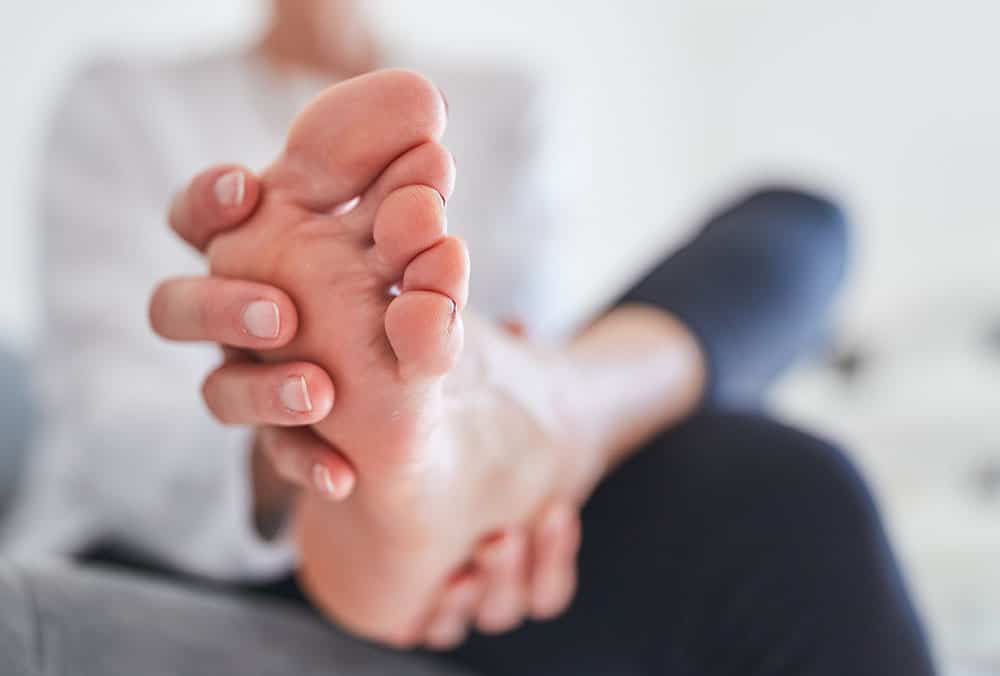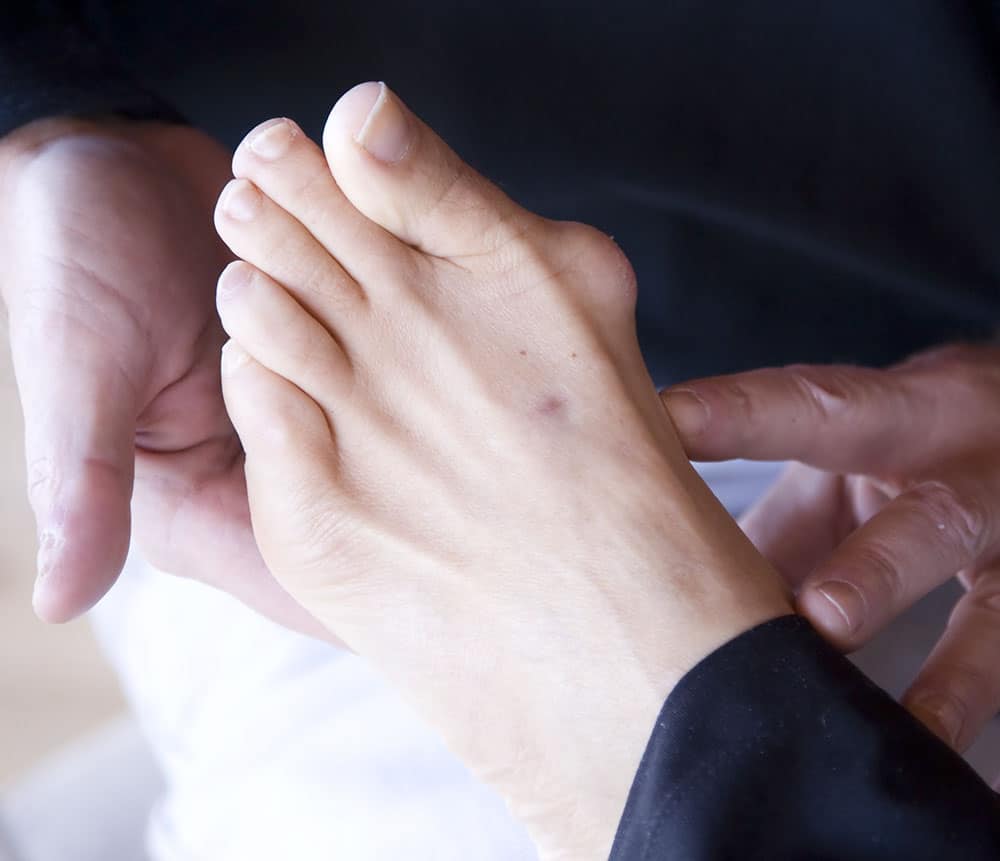Toe Deformities
Treatment & Management of
Toe Deformities
Toe deformities are a longtime companion of many of our patients, and a consistent source of inconvenience and discomfort.
The earlier in its progression that a toe deformity is discovered and diagnosed, the easier it is to manage in most cases. However, this certainly doesn’t mean that long-time deformities are a hopeless cause! Quite often, actions can be taken to significantly reduce the discomfort and progression of these conditions—many times without surgery, as well.
No matter how long you have been living with a toe deformity, do not pass up the opportunity to improve your comfort and mobility. Call our clinics today to schedule an examination and consultation!
Common Toe Deformities & Causes
A toe deformity is often the result of an imbalance within the structure of the foot’s joints, muscles, ligaments, or other connective elements. Over time, this imbalance progressively shifts the toe into an abnormal position.
A few examples of toe deformities we frequently see are:
- Bunions. A bunion occurs when a weakness in the joint at the base of the big toe (where it connects to the foot) causes the toe to shift inward toward its neighboring toe. The joint at the base also shifts, creating a telltale bony protrusion. A bunionette (also known as a tailor’s bunion) is a similar situation where the shifting and bump occur on the smallest toe.
- Hammertoes. Most common on the second and third toes, a hammertoe is the abnormal bend of a toe’s second joint, forcing the toe to curl downward. Abnormal bending of the third joint of a toe is often referred to as a mallet toe.
While the root causes of such conditions are largely outside of your control, there are certainly actions that can contribute to making your deformity worse or more miserable. Among the most common is wearing improper footwear that forces too much pressure against vulnerable joints, or causes bent joints to rub against the inside of the shoe.
So while it is debatable whether high heels and tight shoes cause toe deformities, they can most certainly have a negative effect!
Treating Toe Deformities
Many people don’t seek help for their problem in a timely fashion, often because they believe the only option that can provide any relief is surgery—and that’s something they can’t or don’t want to do.
While that is an understandable feeling, it is also one that often isn’t true! In fact, we will typically only consider surgery for a bunion, hammertoe, or other deformity if more conservative methods can fulfill two main goals:
- Relieving or significantly reducing symptoms that are affecting your life.
- Slowing or stopping progression of the deformity.
First, we must fully understand what is happening to your toes and how it is interfering with your daily activities. From there, we can recommend a plan of treatment that can help you reclaim comfort and quality of life.
Parts of a conservative treatment plan might include:
- Stretching and conditioning exercises to help stabilize joints.
- Using custom orthotics to shift excess pressure away from vulnerable areas.
- Making changes to footwear.
- Wearing night splints.
- Taking OTC pain and anti-inflammatory medications.
Other options may be considered, as well.
If conservative treatments do not provide the level of relief you hoped for, or it is clear from the start that they would not, surgery might then be considered as an option. Many different types of surgical procedures exist for addressing toe deformities—even for the same condition—so it would be best to fully discuss all your options and candidacy directly.
Stop Waiting on
Treatment for Toe Deformities
Remember that you do not have to wait until a certain point to see us about a potential problem. If you think you might be getting a bunion or other deformity, catching it early on can help ensure it doesn’t progress to the point where it’s interfering with your day-to-day life—or at least delays that outcome as long as possible.
No matter what stage you are at, however, we can help! Call us at (612) 788-8778 to schedule an appointment at any of our area offices.


